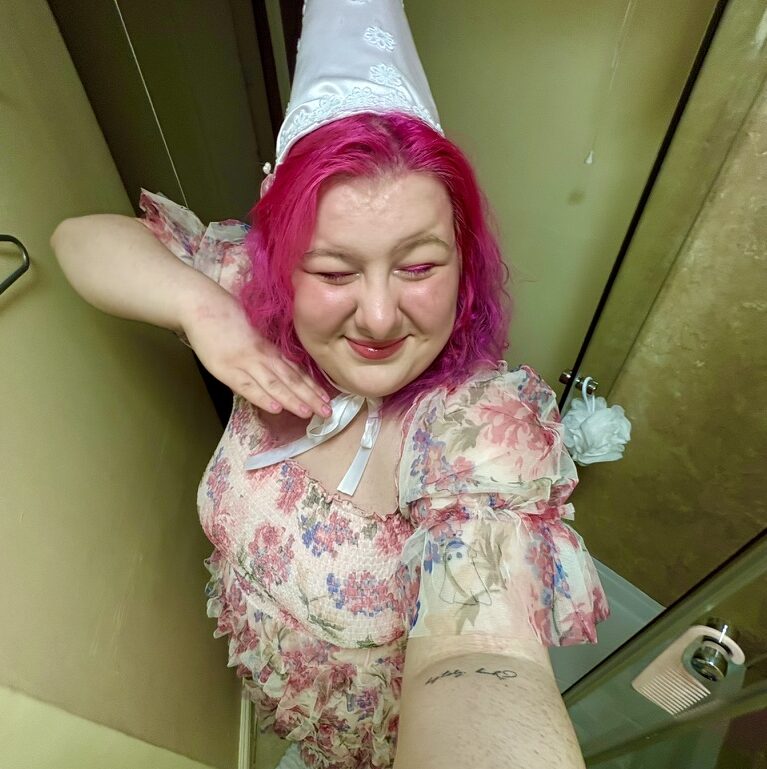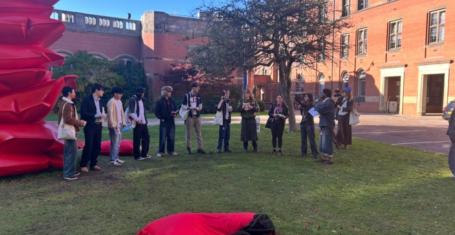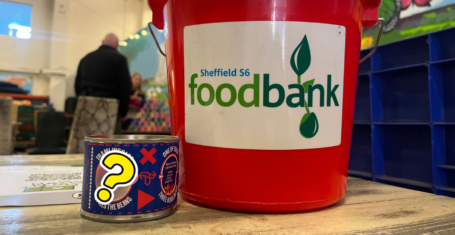
Warnings issued after heavy metals and mould found in Manchester’s street weed
Why spend £20 when you could just scrape it out of the shower?
“No, I don’t do drugs. Well, I’ve smoked weed before but that doesn’t really count.” A declaration made time and again by students in games of Never Have I Ever in first-year halls across the UK, usually met with knowing nods and an unspoken understanding. Because, of course, weed is simply something you try while growing up. It doesn’t have major effects, it hardly counts as a “real” drug and, if everyone’s doing it – can it really be dangerous?
An investigation by Manchester Metropolitan University and Curaleaf Clinic suggests: Yes, it can.
The study, analysing 60 cannabis samples from Manchester and Northumbria, found 90 per cent to be contaminated with mould or yeast, eight per cent with lead, and two per cent with bacteria like Salmonella and E. Coli. Health experts warn these contaminants could lead to respiratory issues, neurological damage, and gastrointestinal issues for users.
National research has also found synthetic cannabinoids in 27 per cent of street weed samples, including lab-made substances like Spice and K2, intended to mimic cannabis, but linked to serious health conditions – heart palpitations, psychosis, and seizures among them.
In its 2024 drugs survey, The Tab found that 90 per cent of surveyed Manchester students had taken drugs before, with marijuana topping the list. Of these, 99 per cent had smoked weed at least once, and 83 per cent reported doing so at least once a year. With this level of use, students could be putting their health at risk each time they light up.
Most Read
While the survey size of just 210 students leaves some margin of error, the statistics line up rather convincingly with the Fallowfield experience: The scent of weed in the air, lamp posts adorned with drug dealer Snapcodes and, within my first week back, two separate offers of taster samples from teenagers in blacked-out cars.

One first year student, who regularly buys weed from such street dealers, told The Manchester Tab: “Recently, all the weed that me and my friends have come into contact with in Manchester has felt laced with something psychedelic. My friend was hearing music that wasn’t playing, and I was having visual hallucinations. The levels of paranoia with everyone in the group were mountains higher than anything I would consider normal.”
That was one of the last times they smoked. For now, they’re steering clear of weed, aware of the risks of unknown contaminants clashing with their other medications: “If people were just honest about what was in what they were selling it would be a different story.”
With all the illusions of invincibility that come with being a student, the risks of contaminated drugs tend to be an afterthought. It’s only after a particularly bad trip that one might bother questioning where the weed came from.
Perhaps, then, one statistic is likely to catch attention: 10 per cent of street weed in the UK contains no active compounds at all. In other words, 10 per cent of the weed you’re buying might not contain cannabinoids (synthetic or otherwise) and, therefore, is doing absolutely nothing.
Curaleaf’s findings come with a reminder that medical cannabis is legal in the UK, and available on specialist prescription. They urge anyone who is self-medicating with cannabis to consider safer, legal alternatives, and encourage recreational users, especially those with underlying health issues, to think twice about the quality of the weed they’re consuming.





















